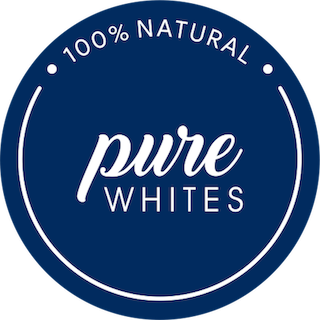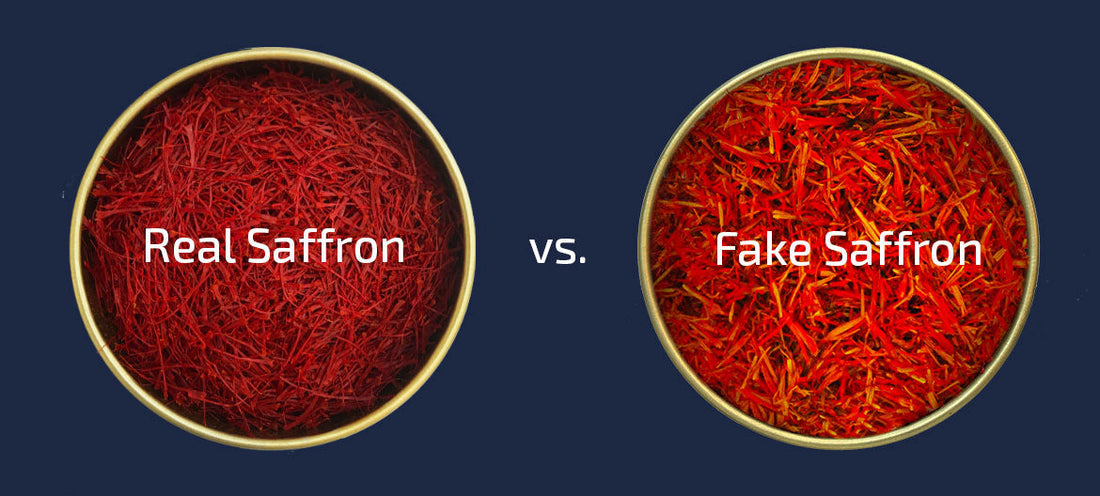Saffron, or kesar, is one of the most expensive and sought-after spices in the world. But with that prestige comes imitation. The market today is flooded with low-grade or fake saffron sold under the guise of being pure—and unfortunately, many customers fall for it. If you’re investing in saffron, it’s crucial to know how to spot the real deal.
Here’s your trusted guide to identifying pure saffron and avoiding adulterated or synthetic versions.
1. Check the Color & Appearance
- Pure saffron strands are deep red with slight orange tips.
- Each strand is a long thread with a trumpet-like bulge at one end—the stigma of the flower.
- Be cautious of completely red strands without orange tips or perfect uniform threads—these may be artificially colored or dyed fibers.
2. Smell It Carefully
- Real saffron has a strong, earthy aroma with hints of hay or honey.
- Fake saffron may have little to no smell, or may smell sweet or synthetic due to added fragrance.
Trust your nose—pure saffron smells rich and natural.
3. The Soak Test: Color Doesn’t Lie
- Soak a few strands in warm water or milk.
- Pure saffron releases a golden yellow hue slowly over 5–10 minutes.
- Fake saffron turns water red or orange almost instantly—a sign of artificial coloring.
Pro tip: Real saffron will retain its color even after soaking, while fake strands will look washed out or discolored.
4. Taste (with Caution)
- Pure saffron has a slightly bitter and earthy taste—never sweet.
- If your saffron tastes sugary, it’s likely adulterated with sweet coatings or sugar-dipped fibers.
Only taste a small piece if needed, and avoid swallowing fake saffron.
5. Try the Paper Test at Home
Place a strand of saffron between two moist pieces of paper or tissue and press lightly.
- Pure saffron won’t bleed red immediately—it will gradually tint the paper yellow-golden.
- Fake saffron often releases a bright red or orange color instantly, leaving dye marks on the paper.
This is a simple home trick to check for artificial coloring without any special tools.
6. Buy from Trusted Sources Only
- Avoid buying from unknown street vendors, unverified online sellers, or shops without traceable sourcing.
- Choose brands that are transparent about origin, testing, and packing methods.
At Pure Whites, our Mongra Saffron is sourced directly from traditional farms in Kashmir and is carefully handled to maintain its natural purity and potency.
Bonus: What to Watch Out For
- Saffron strands soaked in oil or honey to increase weight.
-
Red-dyed corn silk or colored coconut fibers.
-
Powdered saffron mixed with turmeric or food coloring.
- Very cheap prices—if it sounds too good to be true, it probably is.
Final Thoughts
Pure saffron is precious—and when authentic, a little goes a long way. By using the simple tests above, you can protect yourself from fakes and experience the true richness of real Mongra Saffron from Kashmir.
At Pure Whites, we bring you only the highest A++ grade, authentic Mongra Saffron, sourced directly from the valleys of Kashmir and packed with care.
Want to try real saffron you can trust?

